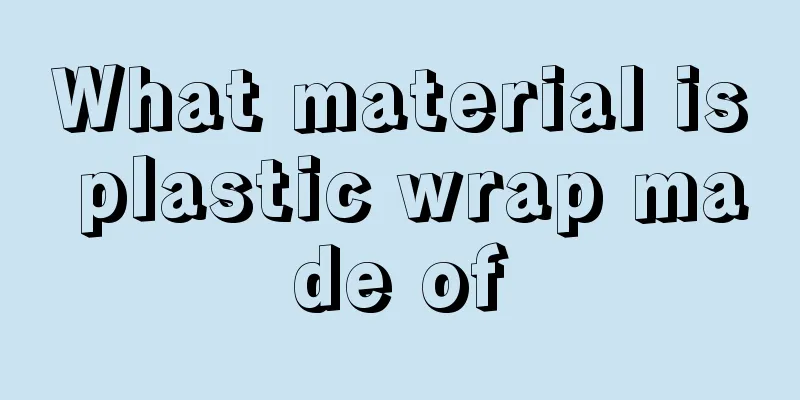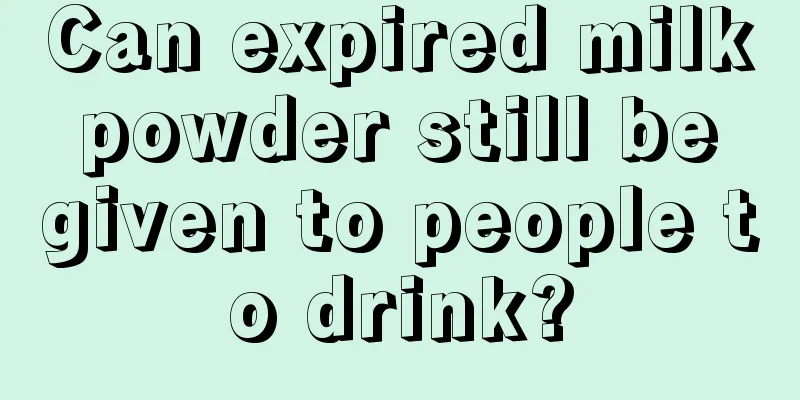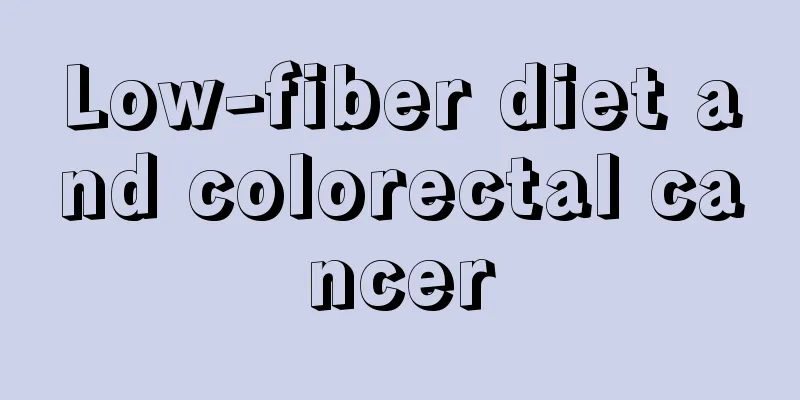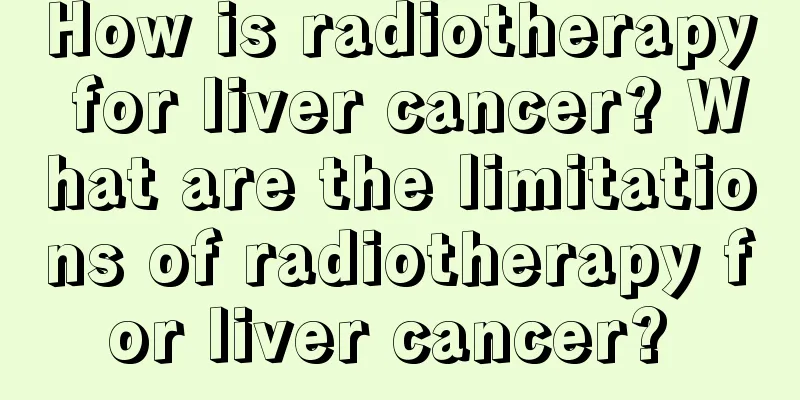What material is plastic wrap made of

|
Nowadays, many people cannot live without plastic wrap at home. Whether it is vegetables or other food that you cannot finish eating, you can wrap it in plastic wrap and put it in the refrigerator. This way you can still eat it next time you take it out, and the smell won’t be mixed. If you don't use plastic wrap and put all kinds of ingredients directly into the refrigerator, the flavors of the ingredients will become mixed. So, what is the material of plastic wrap?
1. PE film: Mainly used for food packaging. It has good moisture resistance and air permeability. It is suitable for packaging peanuts, biscuits, fresh fruits and vegetables, frozen foods, etc. for short-term storage. Semi-finished products purchased in supermarkets are all packaged in this way. However, it has poor temperature resistance, so it is not suitable for use at high temperatures. 2. PVC film: It can only be used in limited ways. It can be used to package vegetables, etc. It cannot be used directly to package meat, cooked food, and fatty foods. It must not be heated in a microwave or used at high temperatures. 3. PVDC film: can be used to package cooked food, ham, etc. It has a slightly higher cost and the highest price. It has good transparency and heat sealing properties, good oil resistance and barrier properties, can be used at higher temperatures, and is resistant to high temperatures within 140°C.
The most common PE and PVC on the market have melting points of 127°C and 120°C respectively, while the temperature in a microwave oven is often as high as 200°C-300°C, so the plastic wrap can easily melt into the food. The difference is that among the melted substances, PE is relatively safe because no plasticizers are added during its production. PVC itself is a hard plastic. To stretch it into a transparent and soft plastic wrap, a large amount of plasticizers must be added. Although PVC itself is non-toxic and harmless, plasticizers contain harmful substances that may induce disease. Therefore, PVC cannot be heated in a microwave or used to package cooked food. In addition, PVC cannot come into contact with greasy foods. Plasticizer DEHA can be released at room temperature and penetrate into food, and is particularly compatible with foods with high fat content. DEHA is not only carcinogenic, but also causes endocrine dysfunction, reduces male reproductive function, and even causes mental illness.
1. To the naked eye: PE material has poor transparency and is whitish in color, so the covered food looks blurry; PVC material has good gloss, looks clear and transparent, and is a little yellowish in response to light. 2. Pull by hand: PE material is relatively soft, but has poor toughness and can break after stretching; PVC material has strong toughness and can be greatly widened and elongated without breaking, and it is easy to stick to the hands. 3. Burn with fire: After the PE cling film is ignited, the flame is yellow, burns quickly, and has the smell of a burning candle; while the flame of the PVC cling film is yellow-green after it is ignited with fire, there is no oil dripping, it will go out when leaving the fire source, and there is a pungent odor. |
<<: Is it good for the skin to wash your face with soap for a long time?
>>: Is soap-based face wash good?
Recommend
Is liver cancer hereditary? You need to know these key liver cancer disease knowledge
Two elders in my family died of liver cancer (inc...
How long will pregnancy eczema last?
In fact, many pregnant women will experience ecze...
Will white hair turn black?
There are many premature graying of hair in life....
What should I pay attention to when wearing disposable medical surgical masks
There are many things to pay attention to when we...
The most effective gluteus maximus exercise method
For women, a nice-looking butt is a big plus. The...
How long should I wait between chemotherapy treatments for ovarian cancer before I can get pregnant
How long should I wait between chemotherapy treat...
Throat hurts after wisdom tooth extraction
In daily life, many people will grow wisdom teeth...
What is the reason for frequent high fever
I believe that everyone is familiar with the symp...
Is icteric hepatitis contagious?
Icteric hepatitis is a liver disease combined wit...
Is sulfur soap useful for pubic lice? Five tricks to cure it
Pubic lice is a type of lice that causes great di...
What delicious vegetables can I eat for nasopharyngeal cancer?
Dietary health care also helps the recovery of na...
Acidic potassium permanganate
We know that potassium permanganate is a relative...
Sympathetic nerves of the heart
The cardiac sympathetic nerves are part of the au...
What to do if a laryngeal cancer patient cannot speak after total laryngectomy
Laryngeal cancer patients worry that they will lo...
What are the taboos of moxibustion on Yongquan acupoint?
In daily life, most people are prone to physical ...









